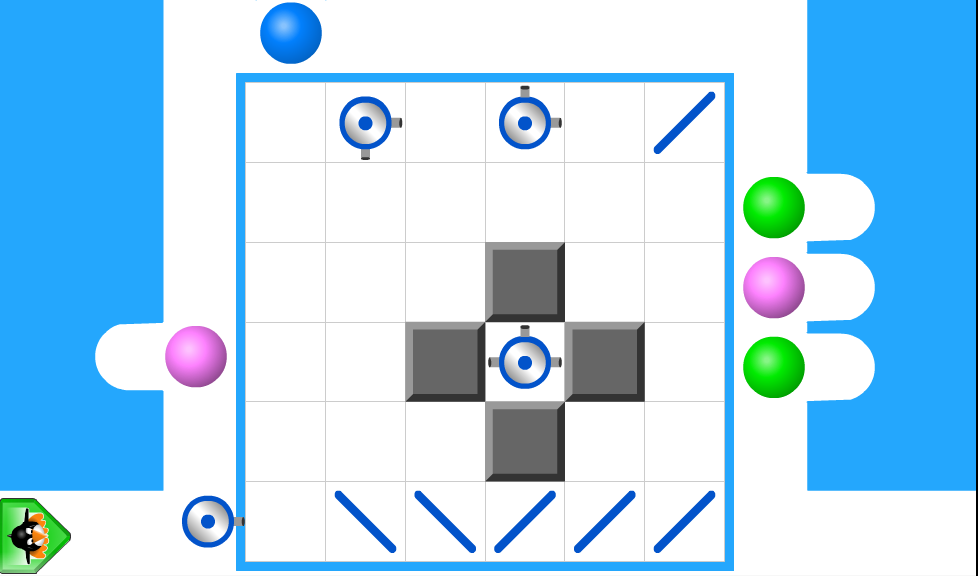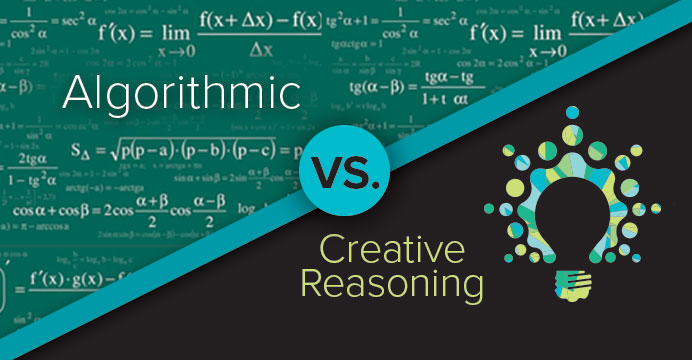Have you ever thought about how a picture can tell a story without using any words or symbols? When conveying information or ideas, showing rather than telling can be more efficient, and more effective. And when it comes to understanding and learning mathematics, visual representation can be surprisingly powerful.
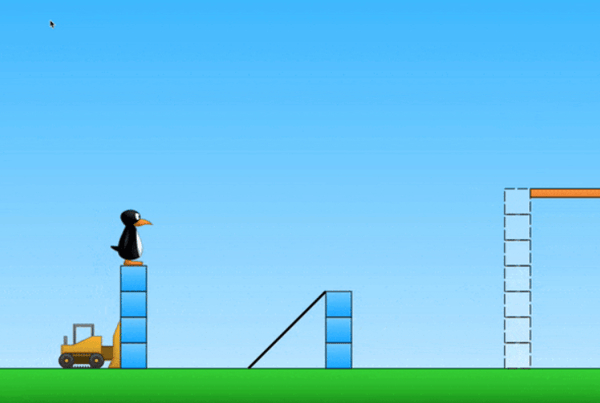
Take a look at the image above. It’s a simple visual representation, yet it clearly communicates the equation 4 + 3 = 7.
This goes to show that a visual approach to learning math can be highly effective. And with new innovations in technology, we can go beyond a purely visual approach, by showcasing ideas using spatial temporal methods that provide an even deeper level of impact.
Spatial-Temporal Reasoning Defined
Spatial-temporal reasoning is all about transforming, relating, and comparing mental and physical images in both space and time. This approach aligns with the way our brains naturally process information, making it an effective way to convey mathematical concepts. Its impact on learning has been a core area of focus for MIND since before the organization was even founded in 1998.
Dr. Gordon Shaw explored the possibilities in his neuroscience research back in the 1970s. Dr. Shaw, Dr. Mark Bodner, and Dr. Matthew Peterson came together years later to further explore an approach to teaching math the way children learn—through spatial temporal patterns and experiences.
But what does spatial-temporal reasoning mean, exactly? Spatial-temporal reasoning involves transforming, relating, and comparing physical and mental images in space and time.
One of the ways to understand spatial-temporal reasoning is to think about how it relates to language-analytic reasoning. In his 2000 book “Keeping Mozart in Mind,” Dr. Gordon Shaw described the difference between language-analytic and spatial temporal reasoning:
“Language-analytic reasoning, for example, is more involved when we solve equations and obtain a quantitative result. Spatial-temporal reasoning, on the other hand, is involved in chess when we have to think ahead several moves.”
Designing Spatial Temporal Models
Spatial temporal models are a powerful method of conveying ideas. What makes something a spatial-temporal model?
- Spatial: displayed in space
- Temporal: over time
Everyone’s brain has an innate ability to visualize and manipulate images through time and space. Conveying information in this format taps into one of our brain’s innate ways of receiving information.
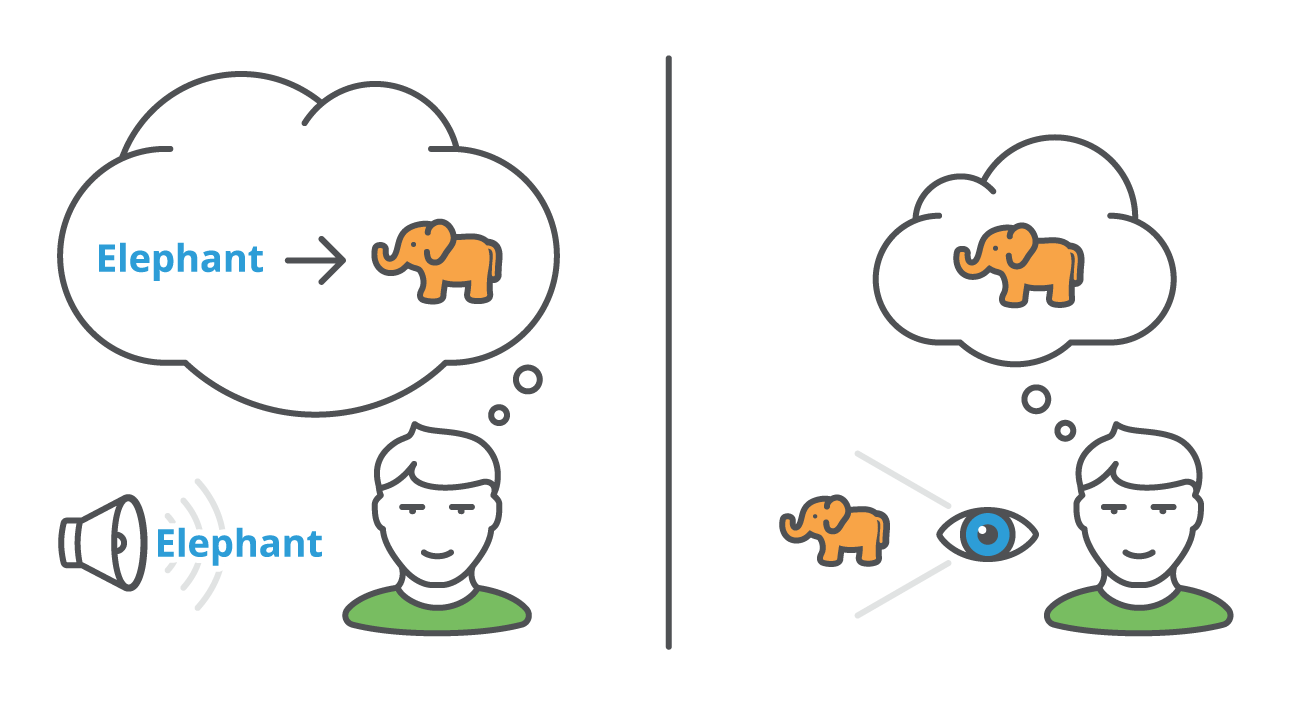
Imagine being able to understand and manipulate ideas in both time and space. This innate ability taps into a key aspect of how our brains receive information. When it comes to education, particularly in subjects that may seem abstract, leveraging spatial-temporal models can be truly transformative. This is especially true for mathematics, where misconceptions can often lead to confusion. By presenting math concepts in a concrete, visual manner—whether through physical tools, virtual models, or traditional pen and paper—we can ensure better understanding and engagement.
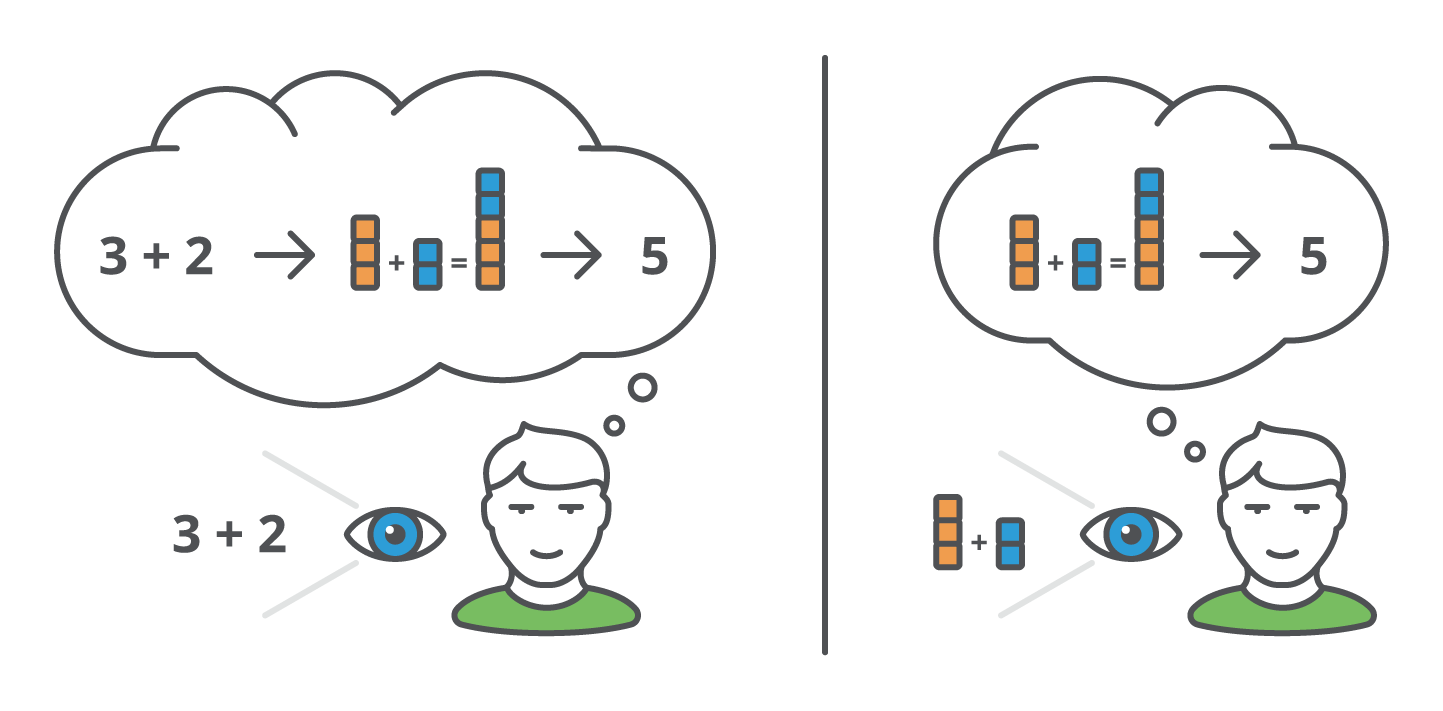
Spatial-temporal models are a highly powerful approach, especially when one can use the digital world to showcase things that would be impossible to demonstrate in the physical world. Here, the laws of physics can be bent, allowing us to teach and convey a whole new range of ideas.
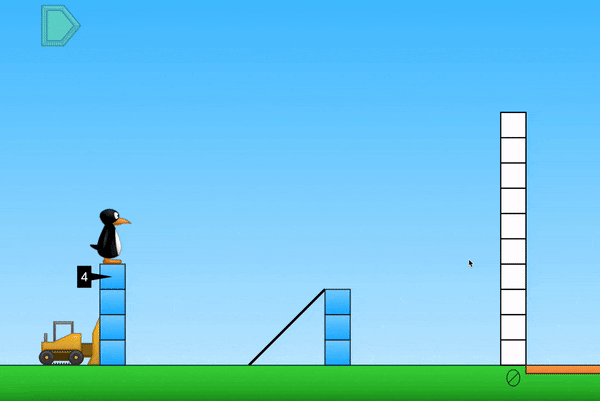
Our ST Math program employs a unique, patented learning model that leverages the brain’s innate spatial-temporal reasoning ability to solve mathematical problems. ST Math starts by teaching the foundational concepts with interactive spatial temporal models visually, then connects the ideas to the symbols and language. With visual learning, students are better equipped to tackle unfamiliar math problems, recognize patterns, and build conceptual understanding. Without language barriers, the problem is accessible to all students, regardless of skill level or language background.
Benefits of a Spatial-Temporal Approach
When it comes to learning outcomes, spatial-temporal models offer clear advantages over the traditional, more language-heavy approach to teaching mathematical concepts.
Leveraging the Way the Brain Learns
By accessing the students’ innate spatial-temporal reasoning ability, we are teaching math concepts in a way that aligns to how our brains learn. Combining a visual approach with spatial-temporal models and informative feedback provides a learning experience that deepens conceptual understanding.
Removing Language as a Barrier
Language and symbols are an unnecessary complication when we are trying to build a foundational understanding of math concepts. By removing language from the process, students can focus on mastering concepts. Language and symbols are then introduced in a way that reinforces that conceptual understanding.
Minimizing Demands on Working Memory
As stated above, by removing language and symbols, students can dedicate all of their working memory to solving the math problems before them. They are focusing their efforts exactly where they need to be.
The use of spatial-temporal models represents an innovative and effective approach to teaching and learning mathematics. For our ST Math program, we’ve designed a suite of hundreds of ST models, wrapped within games, allowing students to take a problem-based approach to interacting with these models. By aligning with how our brains naturally process information and removing language barriers, this approach has the potential to revolutionize math education for students across the country.
To learn more about ST Math, explore some of our games, and request a demo, you can head over to the ST Math page. Or, sign up for our ST Math newsletter and be the first to hear about our offers and announcements!
References
Shaw, Gordon. (1978). Space-time correlations of neuronal firing related to memory storage capacity. Brain research bulletin. 3. 107-13. 10.1016/0361-9230(78)90035-7.
Hu, Wenjie & Bodner, Mark & Jones, Edward & Peterson, Matthew & Shaw, Gordon & CA, Costa. (1994). Dynamics of Innate Spatial-Temporal Learning Process: Data Driven Education Results Identify Universal Barriers to Learning.
Shaw, G & Bodner, Mark. (1999). Music Enhances Spatial-Temporal Reasoning: Towards a Neurophysiological Basis Using EEG. Clinical EEG (electroencephalography). 30. 151-5.
Peterson, Matthew & Balzarini, Doreen & Bodner, Mark & Jones, Edward & Phillips, Tiffany & Richardson, Debra & Shaw, Gordon. (2004). Innate spatial–temporal reasoning and the identification of genius. Neurological research. 26. 2-8. 10.1179/016164104773026471.
Additional Resources
- How Does ST Math Incorporate Language
- Schemas are the Key to Deep Conceptual Understanding
- Ebook: Dynamically Active Student Engagement


